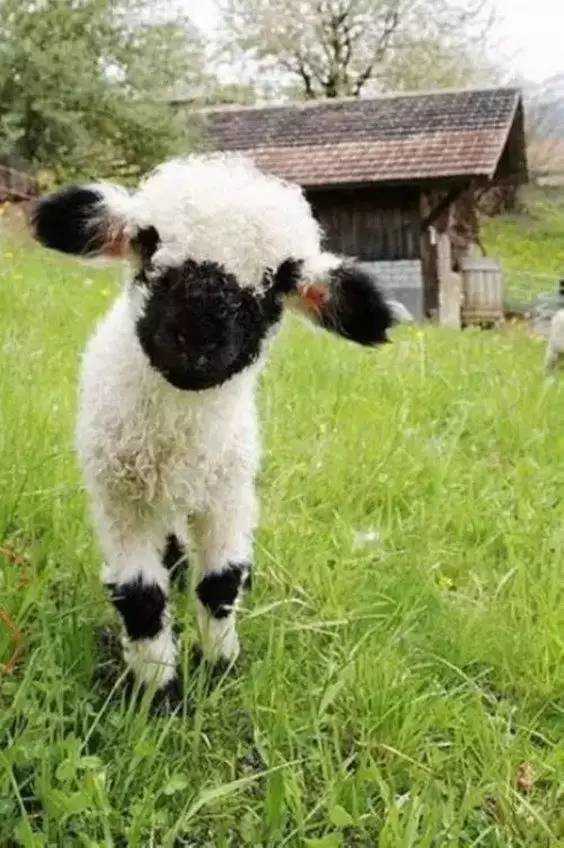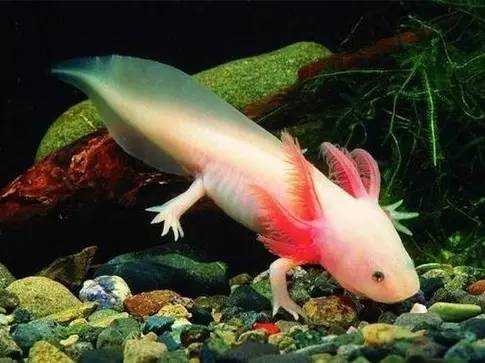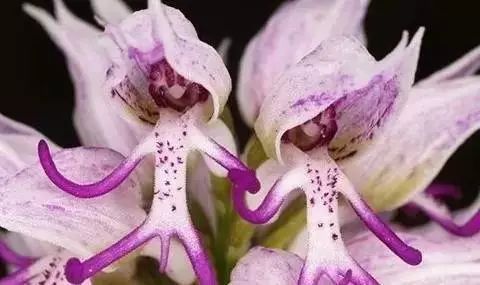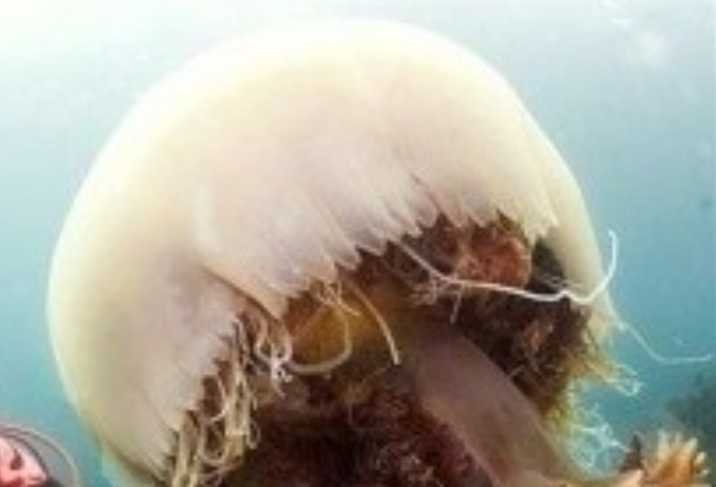The Black-Nosed Sheep: A Charismatic Alpine Resident with Distinctive Monochrome MarkingsNative to the mountainous regions of Switzerland and Austria, the black-nosed sheep (Ovis aries) stands out for its striking appearance: a jet-black face, ears, knees, and legs contrast sharply with its thick, snowy-white fleece. This medium-sized breed, adapted to harsh alpine environments, has become an iconic symbol of mountain landscapes, blending practical resilience with undeniable charm.
June 23, 2025, 10:24 am EDT










